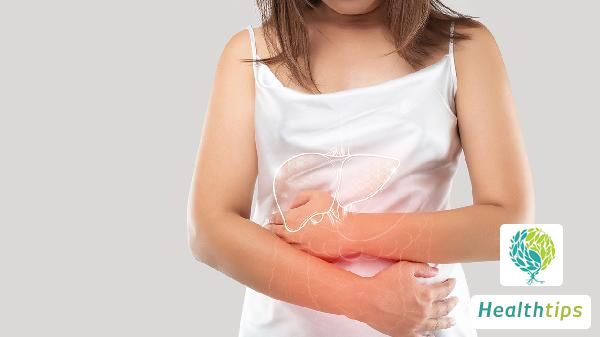"What is Osteoarthritis, Also Known as Bone Spurs?"
Osteoarthritis and Bone Hyperplasia: Two Distinct Conditions
Osteoarthritis and bone hyperplasia, although both capable of causing joint pain, swelling, and other discomforts, are fundamentally different diseases with varying etiologies, pathogenesis, clinical manifestations, and treatment approaches.

1. Etiology
Osteoarthritis primarily arises from age-related factors, obesity, and repetitive strain, leading to the degeneration of joint cartilage and the formation of bone spurs at joint margins, which in turn cause joint pain and limited mobility. In contrast, bone hyperplasia stems from degenerative changes in the tissues surrounding the joints, resulting in abnormal bone growth.
2. Pathogenesis
Osteoarthritis is closely tied to aging, as various organs, including joint cartilage, undergo natural degeneration over time. When cartilage wears down, inflammatory reactions ensue, triggering osteoarthritis. Bone hyperplasia, more prevalent in middle-aged and elderly individuals, has an uncertain pathogenesis but may be linked to genetic factors and history of trauma.
3. Clinical Manifestations
Patients with osteoarthritis typically experience pain in the knee or hip joints, with symptoms worsening after exposure to cold or exertion, accompanied by morning stiffness. Conversely, those with bone hyperplasia often display no overt clinical symptoms, though some may report localized tenderness upon palpation.
4. Treatment Modalities
For osteoarthritis, non-steroidal anti-inflammatory drugs (NSAIDs) such as diclofenac sodium sustained-release tablets can be prescribed under medical supervision. In severe cases, surgical intervention may be necessary. Patients with bone hyperplasia can be treated with medications like glucosamine sulfate capsules under medical guidance. It is crucial for patients to promptly consult a physician and select appropriate treatments based on their specific conditions.
In daily life, patients are advised to rest adequately, avoiding excessive fatigue and strenuous exercise.



















